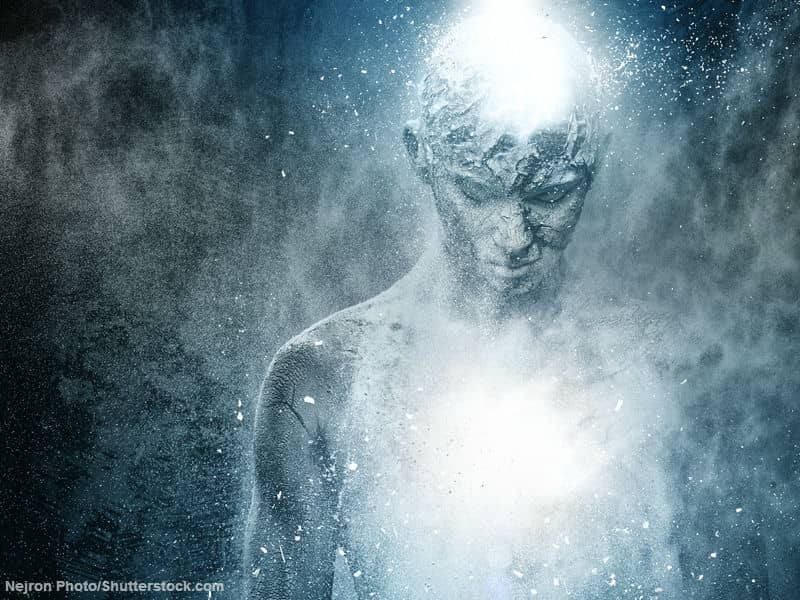Dell Books, 224 pages
Without knowing it, perhaps, we have a great deal of ritual in our lives. Ritual is present in any repeated special moment: putting a child to bed every night the same way, with the same prayer and song, watching the Super Bowl or eating turkey with our families on Thanksgiving.
We need not restrict ourselves to these incidental rituals. In "The Power of Ritual," Rachel Pollack recommends that we consciously develop the practice of ritual. If we do, she says, our lives will be transformed. It isn't necessary to believe in a higher power, or God, or special spirits to have a rich practice of ritual. We don't have to belong to a particular religion or accept the beliefs of any single tradition. Pollack tells us that we can "borrow" ideas for ritual from any number of sources and put them together in a way that works well for us, our family, and our community. All it takes is imagination and creativity.
Clearly, this book is for people who already love ritual. Pollack certainly does, and she writes with great appreciation and enthusiasm about her subject. Not everyone will agree that it's okay to piece together a ritual practice from any and all resources. Some will say that it is much better to commit to one path--a particular religion, for example--and to deepen the practice within it. But for those who are not rooted in a tradition, Pollack shows a way to experience the power of ritual.
Pollack points out that in creating a ritual, we can draw from the world's religions. She discusses the Jewish observance of Shabbat, the seventh day of the week that is marked by ritual from beginning to end Pollacks points out that in creating a ritual, we can draw from the world's religions. She uses the Jewish observance of Shabbat, the seventh day of the week, as an example. Traditionally, this day is spent in rest, worship, and study with one's family and friends. The experience of this weekly ritual helps Jews appreciate all the blessings that they have received from God. Pollack suggests that readers take this idea and set aside time to increase awareness of the blessings in their lives. "To treat life this way for an entire day can change your whole outlook," she concludes.
Ritual has its special uses. Love can be invoked by it, and it can facilitate healing from an illness. Not surprisingly, she advocates ritual for all life passages. Unfortunately she doesn't give the reader much help in the details of creating them. The only guide here is a short list of suggestions, borrowed from Mary Greer's work. I would have liked a much fuller section, with more detailed explanations.
I'd especially like to know how people can work together to create rituals. What about the teenager who pouts when parents start to do a family ritual, or the skeptic who doesn't want any part of it yet is a member of the community? Many adults, too, see homemade rituals as "New Age," or something imposed from the outside.
The strong point of this book is the variety of the rituals described. We learn about Buddhist prostrations, American Indian sweat lodges, Japanese tea ceremonies, and the Wiccan May Day. The author invites the reader to partake, and she graciously shares her own experience as an example of a life transformed by this practice. For those who want suggestions for rituals to bring into their lives, this book will be very helpful.

